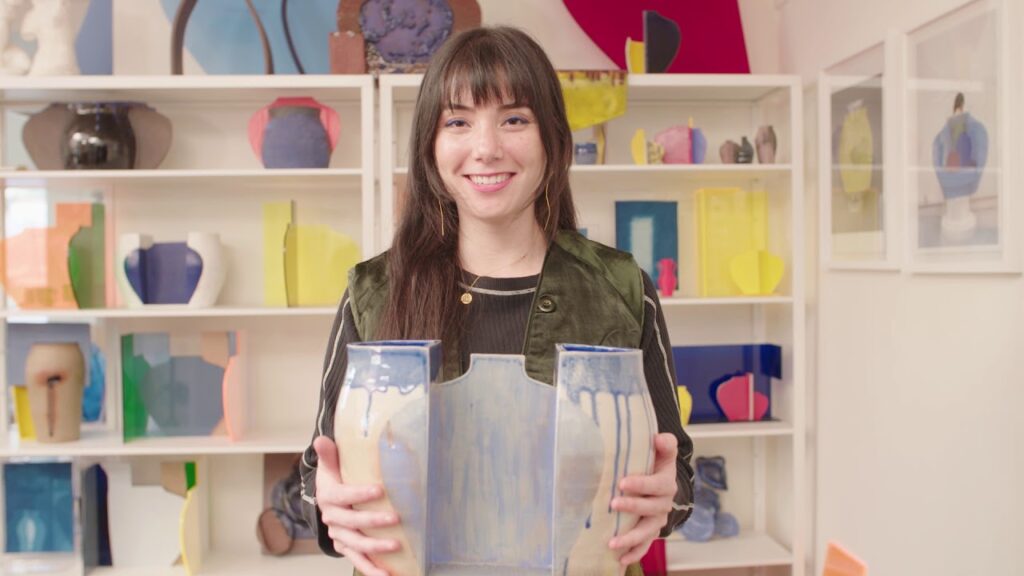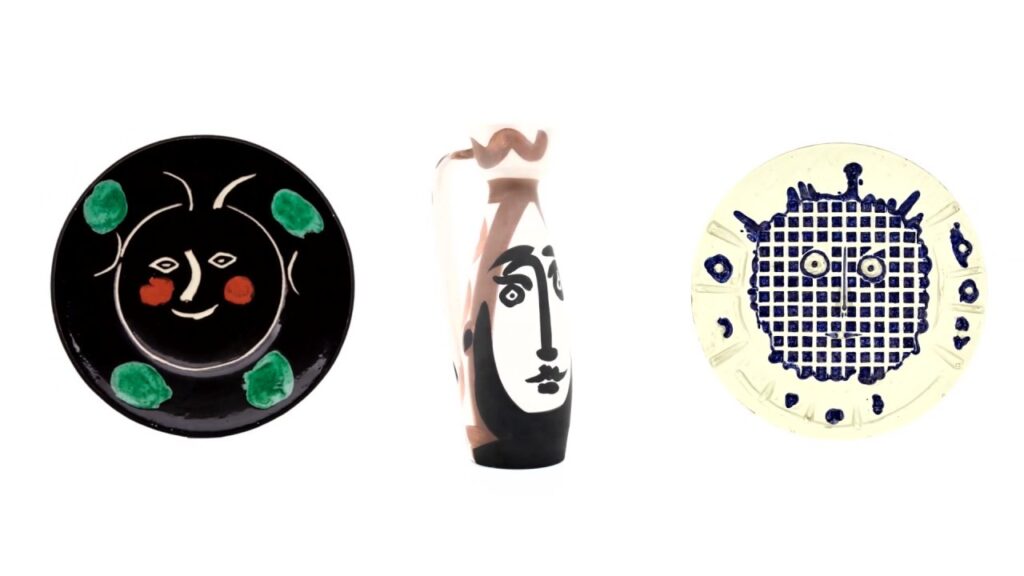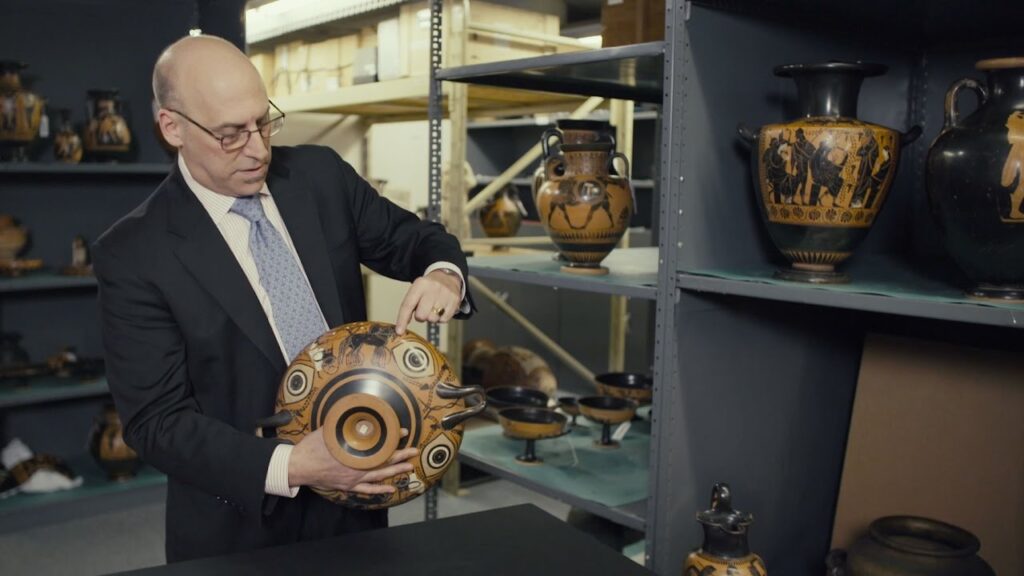Studio Visit with Ceramic Artist Jenny Hata Blumenfield | Christie’s
Los Angeles-based mixed-media ceramic artist Jenny Hata Blumenfield helps us reconsider the place of ceramics and pottery in contemporary art. ‘I see clay as having the widest range of expression,’ she explains. ‘By working with it the way that I do, I hope that steadily people will start to receive this idea of ceramics or clay as something beyond just functional.’
Blumenfield incorporates Lucite, an acrylic resin, into some of her works. In this short film, she describes transforming a two-dimensional drawing into a three-dimensional sculpture, which truly comes into its own when taken outside.
One of the most striking aspects of her process is her embrace of division, dissection and separation.
‘Being half-Japanese and half-American, I always felt stuck between two cultural identities,’ she explains. ‘I’m these two halves that really can’t seem to connect — I just exist in the in-between.’
But there is a second duality at play here, too. ‘I just would love to cut everything in half or into quarters just so that I can continue to break down this idea that ceramics can only be functional and can only be used in a day-to-day setting.’
‘That allows me to really incorporate other materials — Lucite, wood, paper, photographs — because it takes away the formalism of the vessel itself, and allows me to get experimental.’
Find out more:
—
Subscribe to Christie's YouTube:
Sign up to Christie's Weekly:
Follow Christie's on:
Facebook:
Twitter:
Instagram:
Pinterest:




